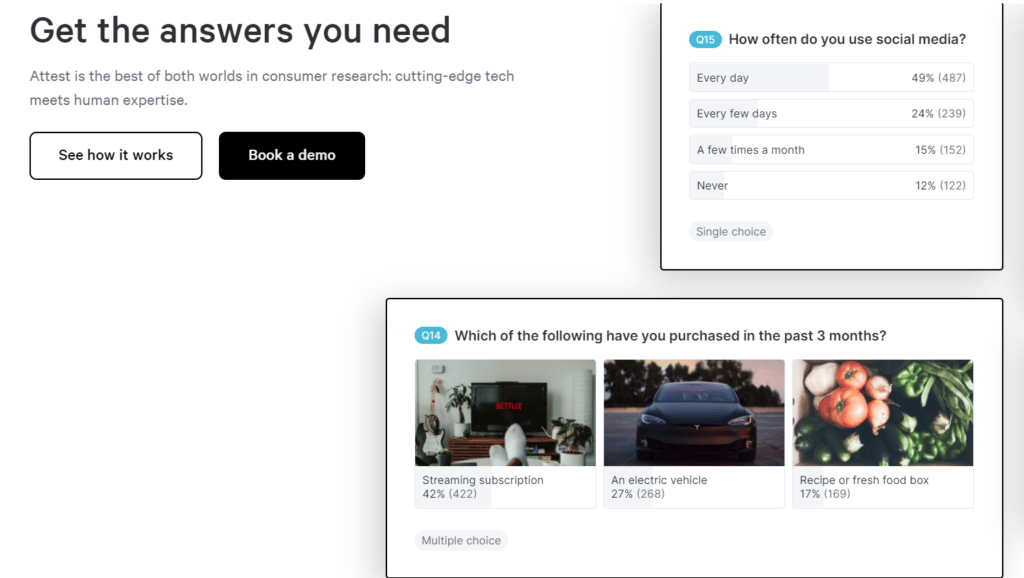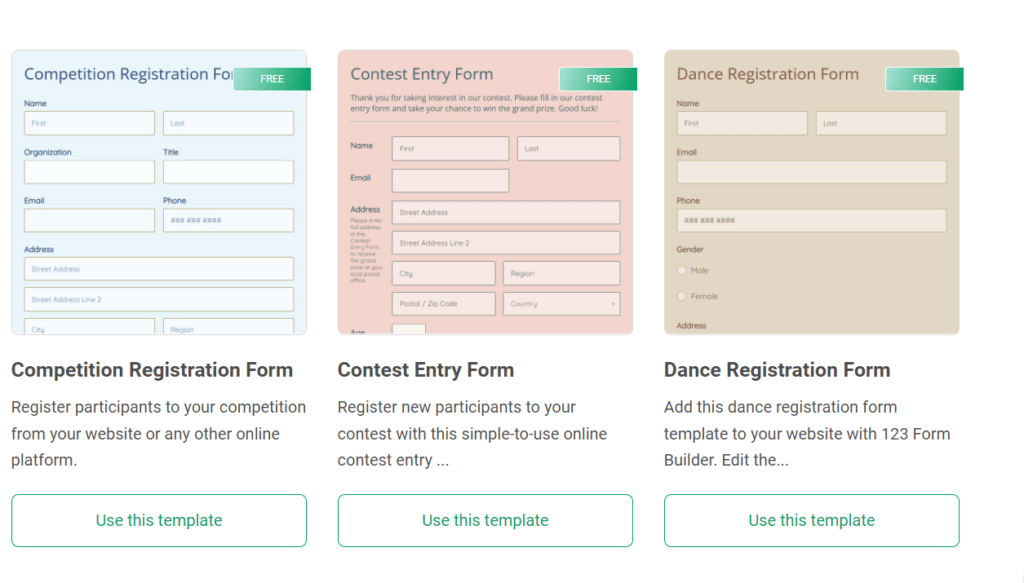Owning and running a business comes with a lot of baggage. You need to create products or services, build your online presence, and figure out your business plan and marketing strategy, all while hiring and managing employees. It’s definitely not simple. This can all be made simpler- and much more effective if you create your ideal customer avatar. This is the person you are creating products for, working to reach and impress online, and directing your marketing strategies to
If you have the customer avatar (or several of them, if you prefer), you’ll know how to manage and market your business. Customer-focused businesses increase their revenue 1.4 times faster than those without figuring out their target buyer. Below you’ll find out what this is, why it is beneficial for you, and most importantly – how you can create your ideal customer avatar.
What is a customer avatar?
A customer avatar is a fictional character, a hypothetical representation of your buyer. This is also referred to as a marketing persona or buyer persona. Businesses create customer avatars to customize and target their marketing campaigns and maximize their reach.
Despite this, you should keep in mind that an ideal customer avatar is not the same as an average buyer for a business. This is the customer you’ll benefit most from attracting, a person that brings repeat business gives you good referrals, and makes continuous purchases from your brand.
Businesses often have more than one avatar. Some might have 4 or 5, or even over 10 different avatars. After all, not all of your customers share the same characteristics, so you’ll probably need a personalized strategy to reach and attract each of the avatars you create.
You might even want to create a negative avatar. This is a representation of the person you don’t want as a customer. It can be a person that doesn’t need your services or doesn’t know what they want. They might not like your prices and give you bad feedback.
Why is this important for a business?
Creating avatars might seem like a lot of work. Yes, this will take a lot of time, spend some of your resources, and require a lot of effort. In the end, you get a short description of an imaginary person you want to sell to. It’s not definitive, so why should you spend time on this?
The ideal avatar can be very useful for a business. It can do the following – and more:
- Improve your saas SEO strategy
- Reduce unnecessary costs on marketing and targeting
- Enhance your personalization efforts
- Help you connect with your audience
- Allow you to use things like content localization to boost traffic to your website
Step-by-step guide for creating a customer avatar
Businesses must understand that avatar creation is not a rapid process. If you decide to create several of them, there are no shortcuts – you need to approach this individually and carefully for the most accurate results.
It’s not just about who you’d like to be your customer. You need to do a lot of research to identify their needs, wants, behaviors, demographics, etc.
That being said, we’d like to introduce you to a useful guide for creating your avatars.
1 – Use survey customer data
Customer avatars are based on what your audience wants, how they think, and how they buy and act when they find something they are interested in. This means that to create a highly accurate ideal customer avatar, you need to get continuous insights from your consumers.
Probably the best tool for this purpose is the Askattest.com survey software. This is a trending, highly affordable Survey Monkey alternative with plenty of features and a much smaller learning curve.
Askattest’s audience capabilities are superior to most similar tools on the market. This survey tool gives you access to over 125 million consumers in 58 markets, reaching niche audiences on request. All this makes it the perfect tool to figure out your consumers’ demographics, behaviors, and needs.
In other words, you can use Attest to carry out concept testing, brand tracking, and consumer profiling – all in one place.

2 – Evaluate data from registration forms
Businesses can survey consumers directly to obtain information, but sometimes the most useful data you can get comes from indirect behavior tracking. What does this mean?
It means that you can look at the information your customers have given you so far to figure out who your ideal customer avatar is. When they fill out registration forms or sign up for your newsletter, they share information such as their age, location, as well as preferences. You can use these to track their behaviors and learn more about your avatar.
If you’re looking to obtain more data of this kind, 123formbuilder probably has the best registration form templates you can use. These are easily customizable, come at a very low cost, and look professional on your website or email.

3 – Create a name for your customer avatar
Let’s say that you collected sufficient information to understand who your ideal customer is clearly. This is continuous work, so you’d have to go through steps 1 and 2 regularly and tweak your avatar accordingly.
But for now, you need to start working on that avatar. It all starts with their name. Figure out a creative, natural name for this person. Imagine what they look like and get very specific when writing them down. If you are an artistic person, you can even draw your avatar – that is very useful when you have to visualize the customer.
4 – Find the demographic details
One of the most important parts of creating a customer avatar is demographics. This is what you did all that research for and is what you’ll use most to create your avatar.

Since you researched the buyers you have at this point, you should already have some idea of the demographics. Now is the time to organize the data you found and decide on the following:
- Age of your customer
- Gender, if this is important for your products and services
- Level of education
- Family dynamics
- Occupation
- Income
- Location and place of business
When you decide on this, write down a couple of sentences as a bio of your avatar. For example:
“John Doe is a 33-year-old single man living in Chicago, US. He’s the founder of a software as a service company and makes around 300 thousand dollars per year. His product is gaining more popularity as years go by, but he needs to work on his link building and digital marketing strategy“.
As you collect more information, you might want to give them a background story. For example, location intelligence about places he visits or markets he works for can help you with your local SEO.
5 – Identify their goals and values
Now, this part is as important as the age and location of your avatar. At this point, you should have an idea of what your customer avatar wants to achieve. What are their short-term and long-term goals? Are they looking to boost their brand’s revenue or get more referrals? Do they want to find and connect with more influencers in the field?
DigitalMarketer’s customer avatar worksheet might help you organize this information:

As you can see, this worksheet includes things like goals and values, as well as challenges and pain points. The idea is to find the common link between what your company offers and your ideal customer avatar needs.
6 – Understand their decision-making process
The final step in our guide is a deep understanding of your customer avatar. You know their behaviors and pain points, but at this point, you need to define their decision-making process. When a person looks at your company, what influences their decision?
Many different factors can influence the decision of customers. These include their budget, product quality, the quality of support service, the brand’s reputation, etc.
Many will also be willing to make a compromise. For example, John Doe does not have a big budget, but he might be willing to overlook the higher price if the quality is worth the cost.
In this stage, you should also consider time as a factor. Does the customer shop around just for the purpose of spending their time, or are they seriously looking for something to buy? Do they make decisions when they’re just searching the Web, or do they need time to think things over? Do they need what you’re offering fast, or can it wait?
Create your ideal customer avatar and put this to the test!
When you’re done with these 6 steps, it is time to make use of that avatar you created. Tweak your strategies to meet the needs of your John Doe, and keep doing your research because not even your ideal customer will have the same preferences, needs, and expectations forever!
The post How to Create Your Ideal Customer Avatar appeared first on Visualmodo.


0 Commentaires